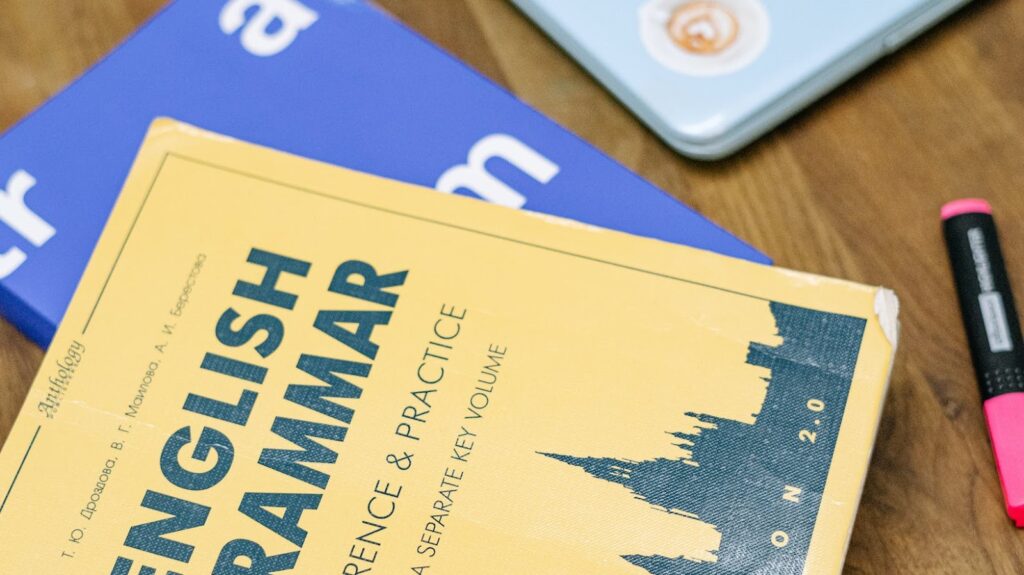Which Sentence Contains the most Elements of a Final Summary?
Hey there! Have you ever wondered what makes a sentence truly complete? Well, in this article, I’ll dive into the fascinating world of sentence structure and explore which sentence contains the most elements of a fin. You might be surprised to learn that there’s more to a sentence than just words strung together. From subjects and verbs to objects and modifiers, each element plays a crucial role in creating a well-rounded sentence. So, if you’re ready to unravel the secrets of a complete sentence, let’s get started!
What is a Fin
Definition of a fin
In order to understand which sentence contains the most elements of a fin, it’s important to first have a clear definition of what a fin actually is. In the context of grammar and sentences, a fin refers to a complete sentence that contains all the necessary components to convey a complete thought. A fin typically consists of a subject, a verb, and usually an object, along with any necessary modifiers or additional information.
Function of a fin
The function of a fin goes beyond just following grammar rules. A complete sentence or fin plays a crucial role in effective communication. It allows us to express our ideas clearly and coherently, ensuring that our message is understood by others. Without a fin, sentences may lack clarity or fail to convey a complete thought, leading to confusion or misinterpretation.
When crafting a fin, it’s important to consider its function in conveying meaning and impact. By including all the necessary elements, we can create sentences that are concise, informative, and engaging. This can help us to effectively communicate our ideas, connect with our readers, and leave a lasting impression.
As we delve further into the topic of sentences, let’s explore some examples that showcase the different elements of a fin.
Types of fins
In this article, I have discussed the elements that make a sentence complete, with a specific focus on the concept of a “fin.” A fin is a complete sentence that contains all the necessary components to convey a complete thought. It consists of a subject, a verb, and usually an object, along with any necessary modifiers or additional information.
Understanding the different types of fins is crucial for effective communication. By using complete sentences, we can ensure that our ideas are clear and coherent. A fin allows us to convey meaning and impact, making our writing more engaging and persuasive.
Throughout the article, I have provided various examples to illustrate the different elements of a fin. By analyzing these examples, we can gain a deeper understanding of how to construct complete sentences that effectively convey our intended message.
Remember, using fins in your writing will not only enhance your communication skills but also make your content more engaging and impactful. So, next time you sit down to write, pay attention to the structure of your sentences and make sure they contain all the necessary components of a fin. Happy writing!

